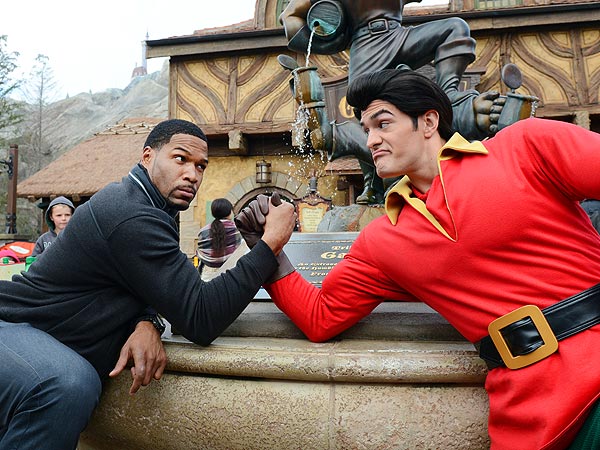There will be no direct financial compensation from the United Nations for the more than 8,000 Haitians who died and the 646,000 sickened by cholera since the disease struck the earthquake-ravaged country in October 2010, Secretary General Ban Ki-moon told the Haitian president this week.
More than 15 months after the United Nations received a legal claim seeking to hold peacekeeping troops responsible for setting off the epidemic, its lawyers declared the claim “not receivable,” citing diplomatic immunity.
At the same time, Partners in Health, the leading nongovernmental health care provider in Haiti, has stepped forward to urge the United Nations to invest more seriously in Mr. Ban’s own largely unfunded anticholera initiative to make amends.
In an Op-Ed article posted Friday night on the Web site of The New York Times, Dr. Louise C. Ivers, the group’s senior health and policy adviser, says the United Nations has “a moral, if not legal, obligation to help solve a crisis it inadvertently helped start.” Evidence, she said, finds the United Nations “largely, though not wholly” culpable for the outbreak of cholera.
To date, Mr. Ban has not acknowledged the reigning scientific theory about the origin of Haiti’s cholera epidemic — that peacekeepers from Nepal imported the cholera and, through a faulty sanitation system at their base, infected a tributary of the country’s largest river.
Dr. Ivers, however, while noting the “causality” of epidemic disease is complex, says that no other reasonable hypothesis for Haiti’s cholera has been put forth.
What makes her comments especially striking is that her organization’s co-founder and chief strategist, Dr. Paul Farmer, served as the United Nations’ deputy special envoy for Haiti for the past three years and was appointed by Mr. Ban in December to lead the very anticholera initiative that she found lacking.
Dr. Farmer declined to comment, but a spokeswoman for Partners in Health said Dr. Ivers’s statements represented the group’s concerns about the 10-year, $2.2 billion anticholera initiative that he was supposed to advise.
The ambitious initiative is intended to upgrade Haiti’s abysmal water and sanitation infrastructure while increasing cholera prevention and treatment efforts, including the expansion of a small cholera vaccination campaign that Partners in Health and a Haitian health care group, Gheskio, undertook last year.
Donors have pledged $215 million. The United Nations said it would contribute $23.5 million — 1 percent of the initiative’s cost, Dr. Ivers said.
In contrast, she said, this year’s budget for the United Nations peacekeeping mission, $648 million, “could more than fund the entire cholera elimination initiative for two years.”
Expressing his “deep sorrow and solidarity with the many Haitian families who lost loved ones in this terrible epidemic,” Nigel Fisher, the new head of the peacekeeping mission, nonetheless said that the United Nations had “mobilized resolutely to combat the disease.” It spent some $118 million on cholera before the initiative was announced, officials have said.
Mr. Ban, through his spokesman, also expressed “his profound sympathy” while announcing on Thursday that the legal claim had been rejected.
Mario Joseph, lead lawyer for the cholera victims, said, “While these sympathies are welcome, they will not stop cholera’s killing or ensure that survivors can go on living after losing breadwinners to cholera.”
The demand, filed in an internal United Nations claims unit, had sought $100,000 for each bereaved family and $50,000 for each cholera survivor.
Mr. Joseph described the United Nations’ terse rejection of a claim filed over a year ago as “disgraceful,” and he and his American colleagues at the Institute for Justice and Democracy in Haiti said they would file a lawsuit in Haiti or abroad.
Though the death rate from cholera has declined significantly since the epidemic initially devastated Haiti, the disease is still coursing through the country. National statistics show a spike of reported cases in December 2012 over that same month in 2011 — 11,220 compared with 8,205.
“The U.N. will not pay,” said a headline Friday on the Web site of Haiti’s Le Nouvelliste newspaper.
“It’s not surprising,” a reader responded.
This article has been revised to reflect the following correction:
Correction: February 23, 2013
An earlier version of this article misrendered a quotation from an Op-Ed article by Dr. Louise C. Ivers. The quotation should have read “largely, though not wholly,” not “largely, if not wholly.”











